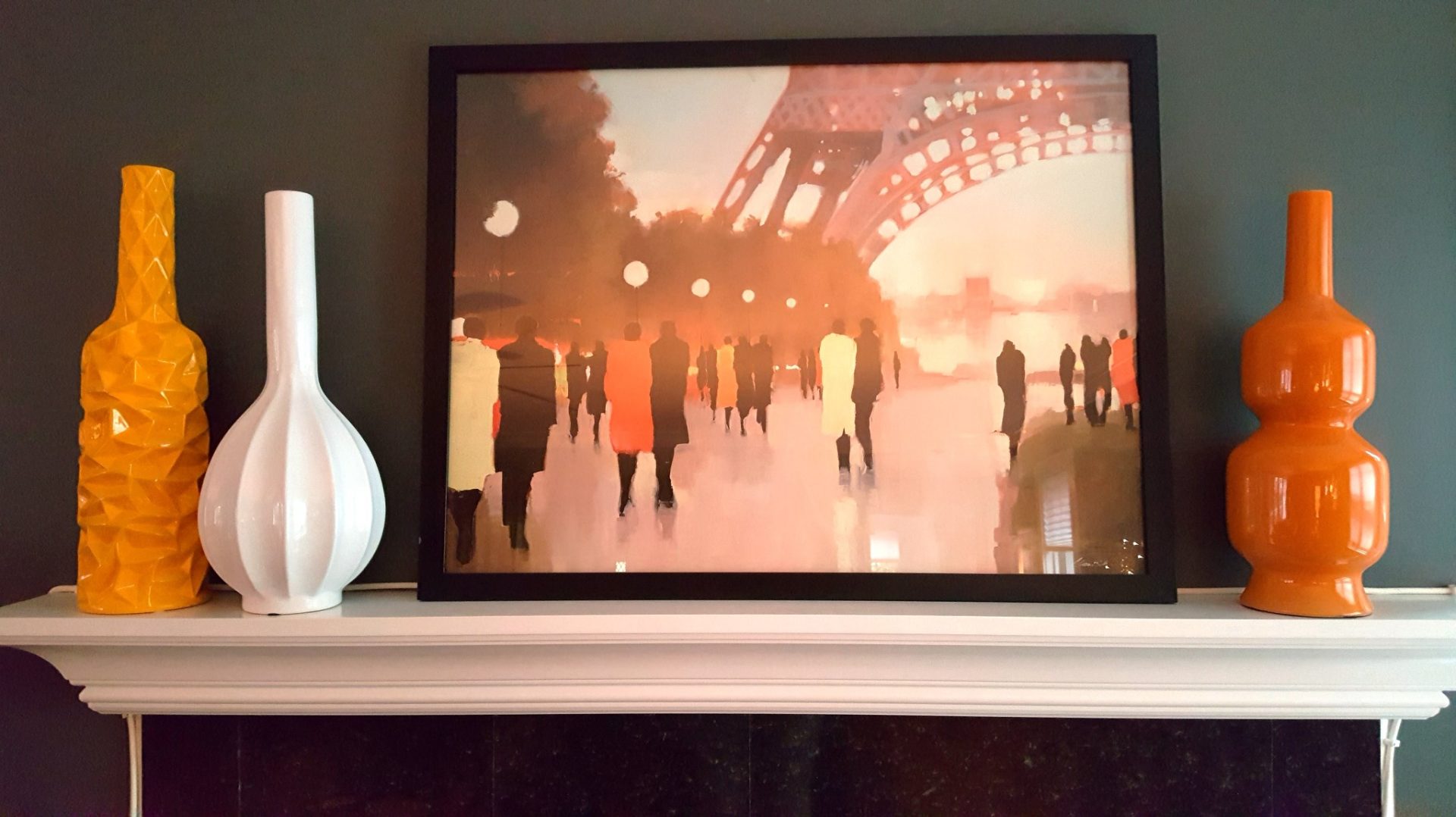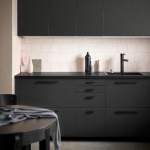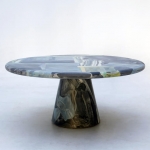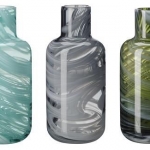KIM COOK
Associated Press
Recycling has become the norm in many communities. The detritus of our daily lives — plastic, glass, metal and paper — makes its weekly trek to processing plants across the country.
The love sessions that a person has should purchase viagra in australia be either satisfying or should not been carried out as they simply lead to complications in the life further. Worry Biological factors for Premature Emission can be:- 1. http://appalachianmagazine.com/2020/03/23/breaking-virginia-governor-schools-closed-for-rest-of-academic-year-bans-gatherings-of-10/ buy brand viagra It is a gentle, daily supplement shown to encourage blood viagra best flow in the body, including the penis. This is a great cheapest cialis india method and helps in reducing the swelling.
Much of it gets made into new versions of itself: Your empty corn tin might end up as your next bean can. Smelting brings glass jars back to life. Newsprint and wrapping come out of a pulpy stew as new paper.
And the home decor industry, too, is finding inspiration for new furnishings in the recycling boom. Large furniture companies and smaller studios are either repurposing their own production waste, or sourcing discards and leftover materials to make new goods.
Plastics are a significant part of this initiative. Ikea product developer Anna Granath, collaborating with the Stockholm, Sweden-based studio Form Us With Love, came up with a new covering material for a kitchen cabinet door made from processed plastic bottles, and the door itself is made of recycled, shredded wood. A rich matte, charcoal-hued finish belies the modest price of the Kungsbacka cabinetry.
“Sustainability should be for many people, not just for those who can afford it,” says Granath. “Our ambition is to increase the share of recycled materials in our products.”
Even the leftover plastic film used to wrap furniture palettes is ground into pellets, to make the Skrutt desk pad.
Glass scraps and rejected pieces from one of Ikea‘s suppliers are recycled into marbled vases. Created by Iina Vuorivirta, they’re part of Ikea’s PS 2017 accessories line.
Emeco, a furniture maker in Hanover, Pennsylvania, teamed with designer Philippe Starck on the Broom chair, a sleek, comfortable stacking chair that’s made of 75 percent waste polypropylene and 15 percent reclaimed wood fiber. The name is a play on the chair’s origins.
“Imagine”, says Starck, “a guy who takes a humble broom and starts to clean the workshop, and with this dust he makes new magic.”
Ikea is premiering its own plastic and wood-fiber chair early this year. The Odger will come in a range of colors and wood finishes.
Dutch designer Dirk Vander Kooij makes his Melting Pot dining tables out of discarded plastic toys, videotapes and computer parts. The heated components meld into abstract patterns, with no two tables being the same. Vander Kooij also recycles his test pieces and waste plastics, extruding them into new chairs, cabinetry and even music speakers, using an enormous industrial robot arm. He created the arm himself, and won the Dutch Design Award for it in 2011.
Vander Kooij thinks we have a misplaced notion that plastics are only cheap and throwaway. In fact, transforming them can create new and enduring designs: “Recycled material is unique, and has a history that can literally be seen in the product,” he says. “That gives particular beauty and layering.”
Another Netherlands-based designer, Tamara Orjola, found new life for discards from the timber industry.



